Maram III by Shafik Radwan
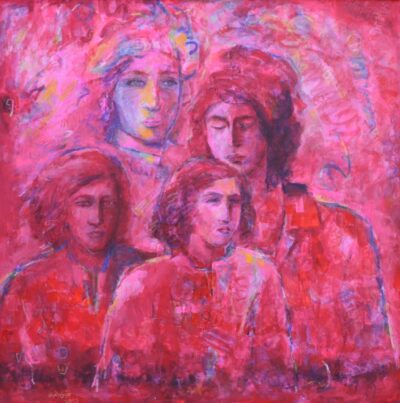
MARAM III
SHAFIK RADWAN
11 AUGUST - 1 SEPTEMBER 2015
They materialize and melt away. People painted in the light of the heat. The landscape reflects their dreams and their strong faces. Their features are familiar, but as they are foreign, universal. They embody the universe. Humans resonate with the whole of the cosmos: a stroke of blue becomes the seductive eye of a young lady; red-orange is the color of the sky and of a woman’s skin at sunset. The painter strikes a chord, and a whole world emerges.
This is what Shafik Radwan’s paintings are: emergencies, in its double meaning of coming into being and of emergency. At the same time, illuminations and burning questions, Radwan’s paintings express, in vivid colors, the urgency that has generated them. On the one hand, there is the accumulation of painterly gestures and the coagulation of lines and colors through which a painting comes into being; on the other hand, there is the artist’s desire to be close to the people he loves through a creative gesture. By painting their faces, the artist can meet them in the space of the canvas, where aesthetic values, personal stories, and social and political concerns coalesce. In Radwan’s paintings, this urgency is formally rendered through thick lines of colors that often seem to dash off, swerve, and fly. In these moments, a face, a hand, an eye, or a smile unexpectedly re-surface on the canvas.
Each of Radwan’s paintings is a wish; dedicated to the people he loves. Maram is the name of the artist’s youngest daughter, who he has not seen for a long time. Maram is also the title of the exhibition, which continues the artist’s research into the mysteries of human nature, the effect of human ideology on society and the role of art as means of political struggle. In Radwan’s paintings, the personal and the political overlap: there is something of Maram the daughter in many of the depicted faces, and there is hope in the many faces of the people occupying the imaginary of the paintings.
Shafik Radwan’s paintings are by no means idyllic fantasies of escape or reconciliation. Instead, the artist paints, with exquisite precision, the reality of his surrounding: men and women, elderly and children, are depicted in moments of happiness and sadness, optimism and pessimism. They are no projection of the artist’s desire for a different reality, on the contrary, and with their sheer presence, they express the infinite potential of the actual; the characters inhabiting Radwan’s paintings are in and of the present, a present that, however, can never fully be grasped. Yet, the artist does not surrender to what announces itself as an impossibility. To be in the present, one has to learn to read its signs. The artist takes this risk. In Radwan’s paintings, a smile, a sunset, a flag, a hug, or a face speaks of the people’s shared hopes, desires, or disenchantment. And, painting becomes the medium that renders a troubled conviviality tangible.
- Shafik Radwan, Distant Memories, 2005, mixed media on canvas, 80 x 80 cm
- Shafik Radwan, Greek Drama, 2002, acrylic on canvas, 80 x 60 cm
- Shafik Radwan, Despair and Hope, 2014, mixed media on canvas, 80 x 60 cm
- Shafik Radwan, Martyr's Wife in Protest, 2004, acrylic on cardboard, 39 x 47 cm
- Shafik Radwan, Palestine I, 2015, acrylic on canvas, 150 x 120 cm
- Shafik Radwan, Untitled, 2014, mixed media on canvas, 36 x 52 cm
- Shafik Radwan, Rosa Damascene, 2015, mixed media on canvas, 100 x 100 cm
- Shafik Radwan, Childhood, 2012 - 15, acrylic on canvas, 100 x 100 cm
- Shafik Radwan, Untitled, 2014, mixed media on canvas, 26 x 33 cm
- Shafik Radwan, Ambition and Challenge, 2007, mixed media on canvas, 80 x 80 cm
- Shafik Radwan, Hiding the Pomegranate, 2004, mixed media on cardboard, 35 x 35 cm
- Shafik Radwan, Three Women and a Child, 2005, oil on canvas, 40 x 40 cm
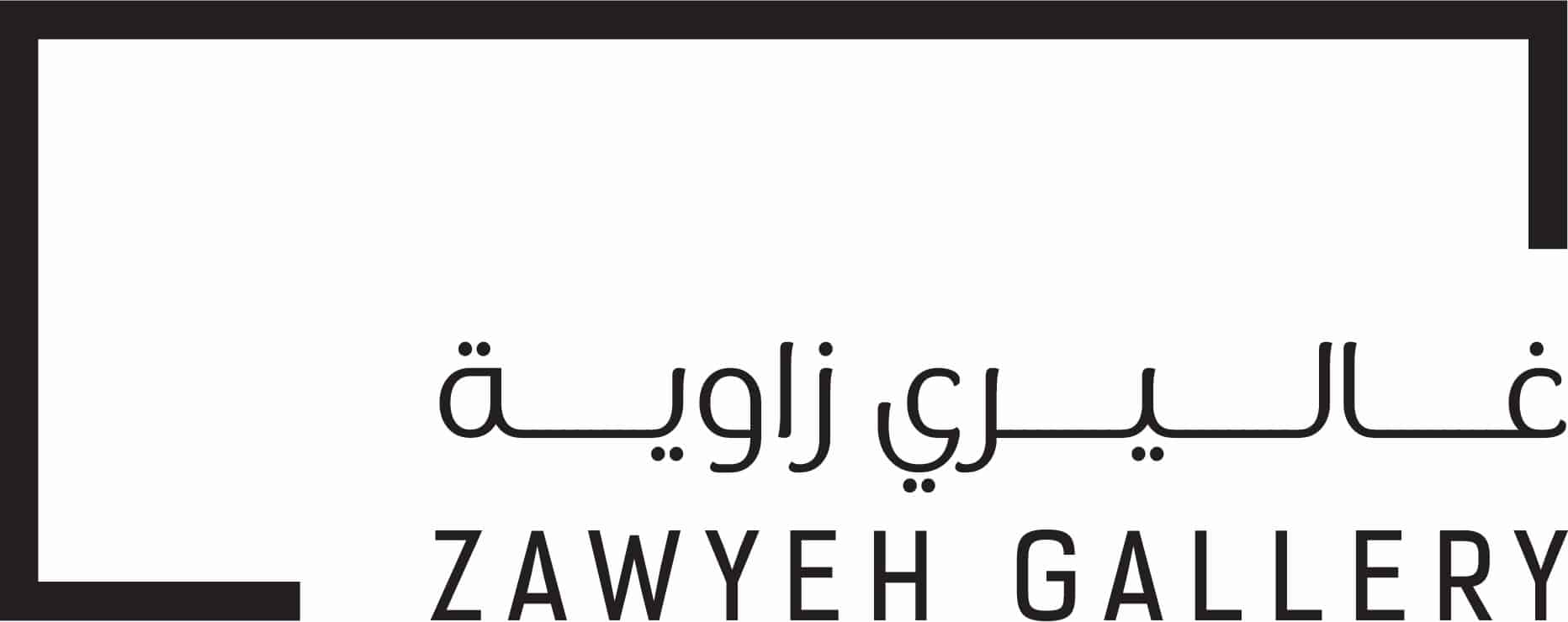
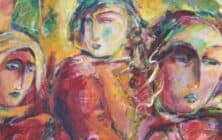
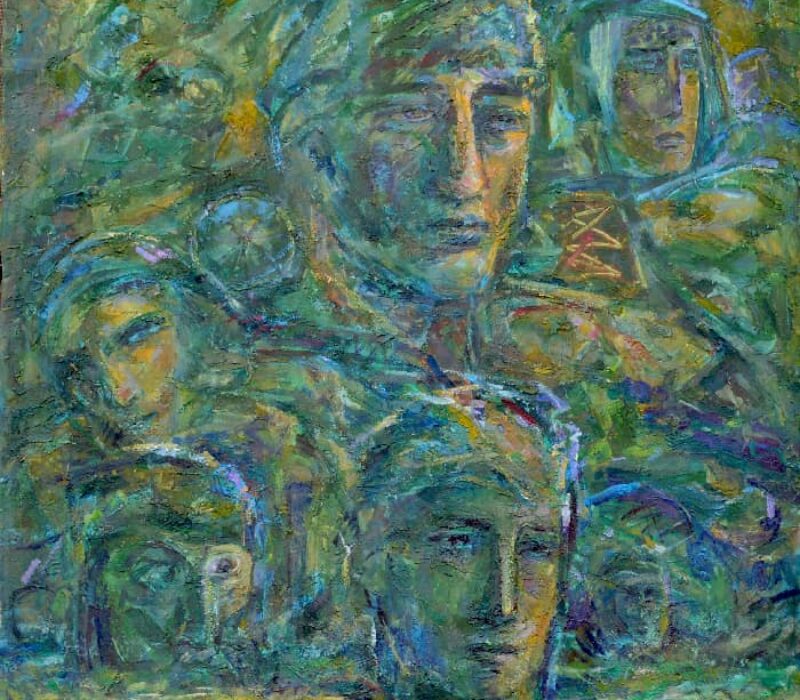
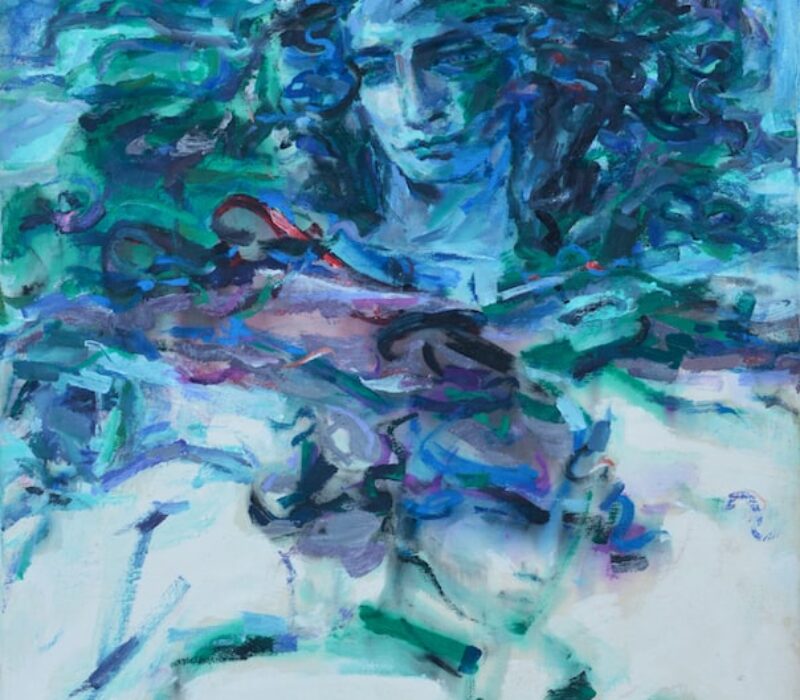
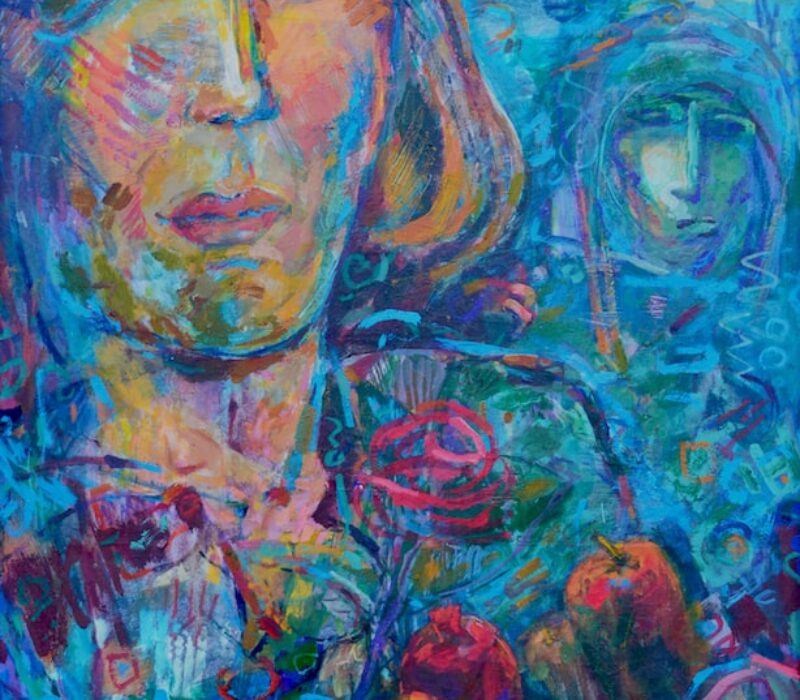
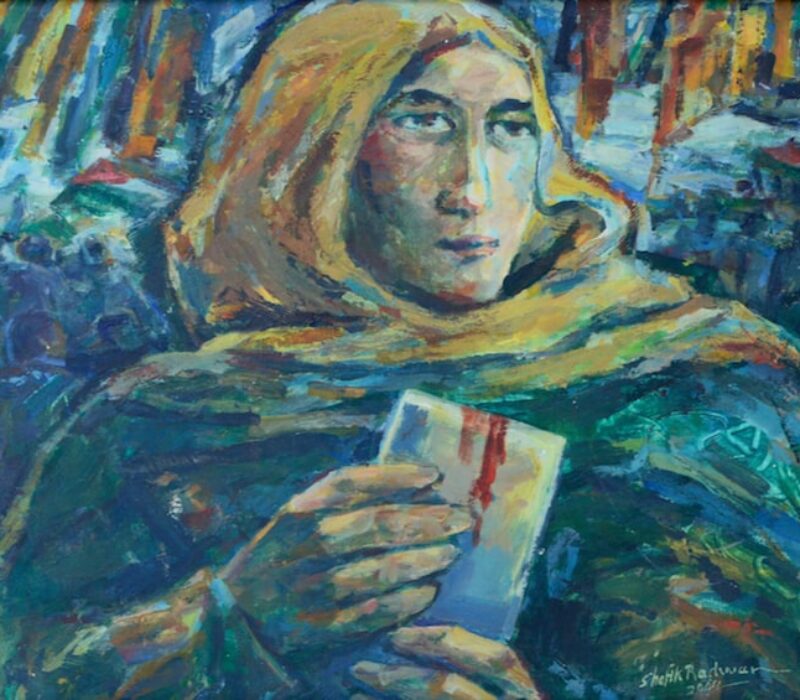
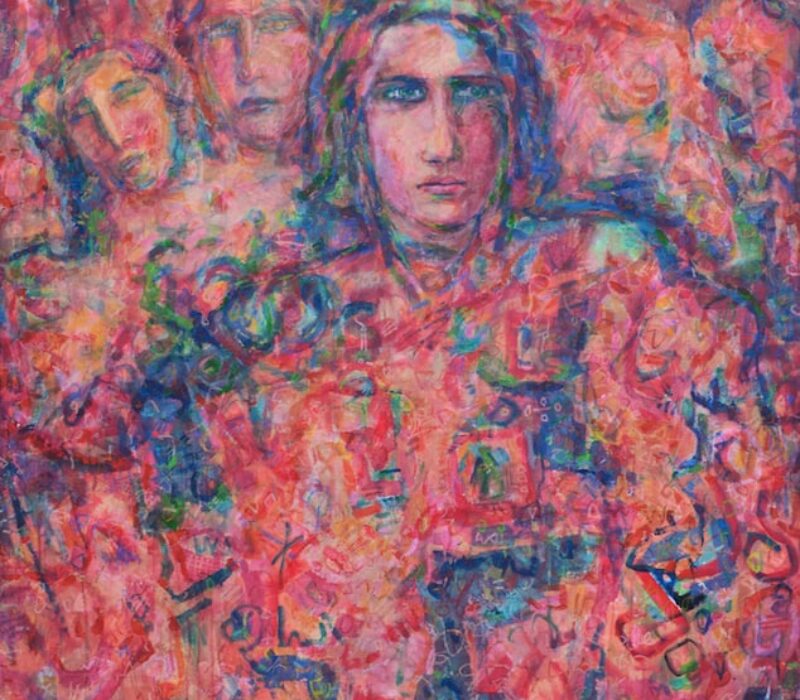
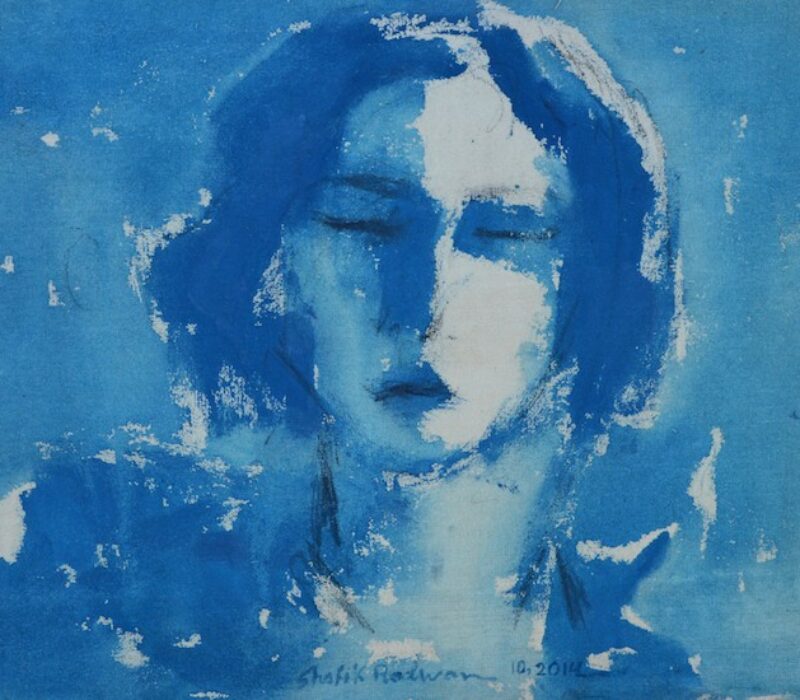
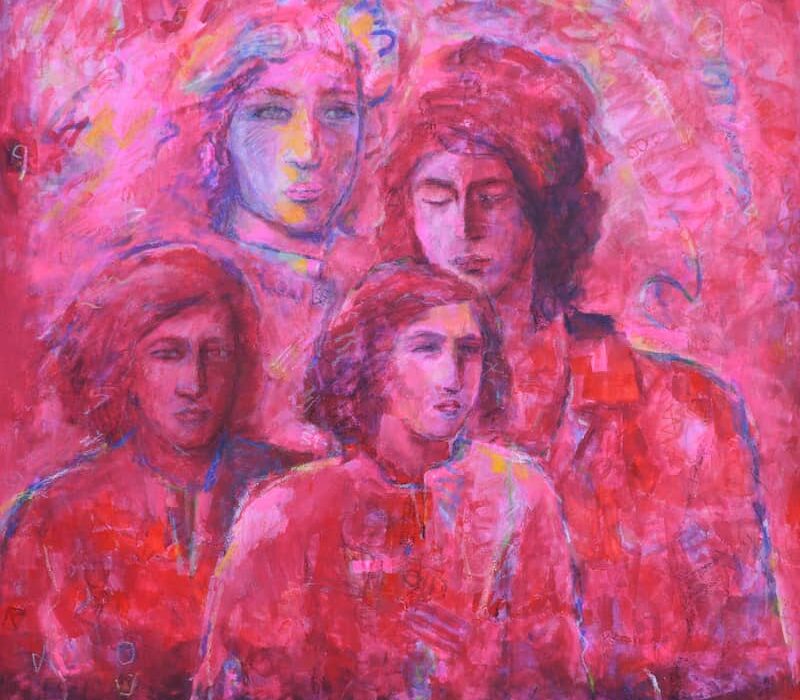
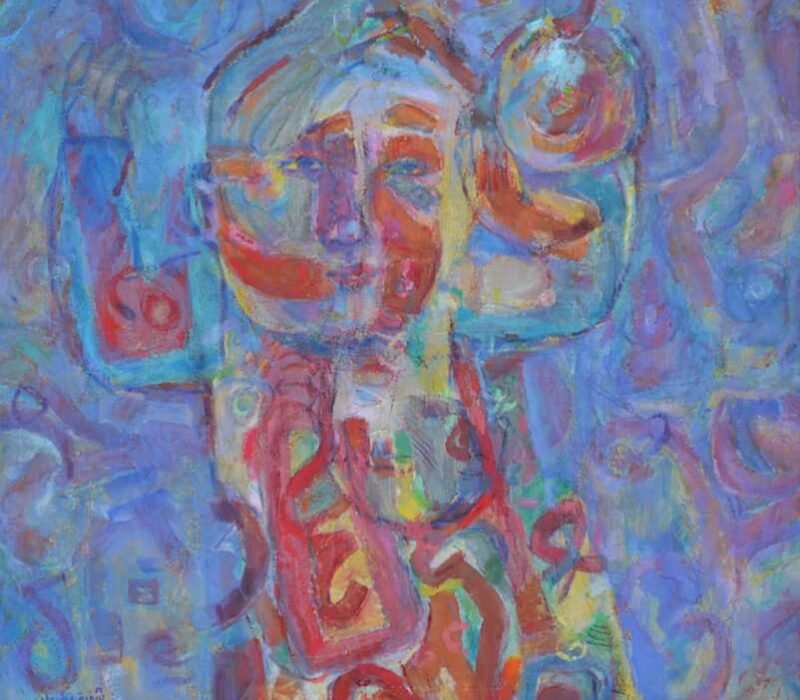
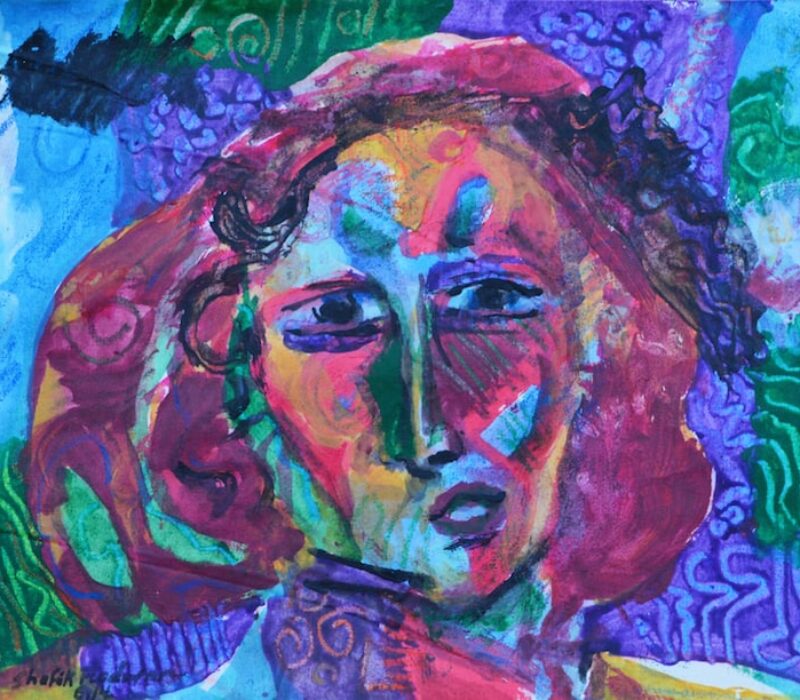
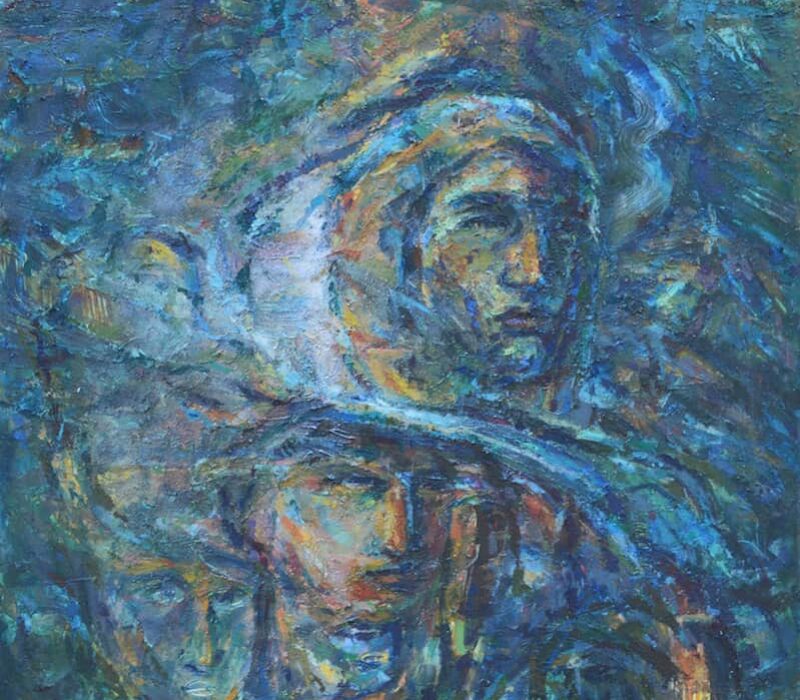
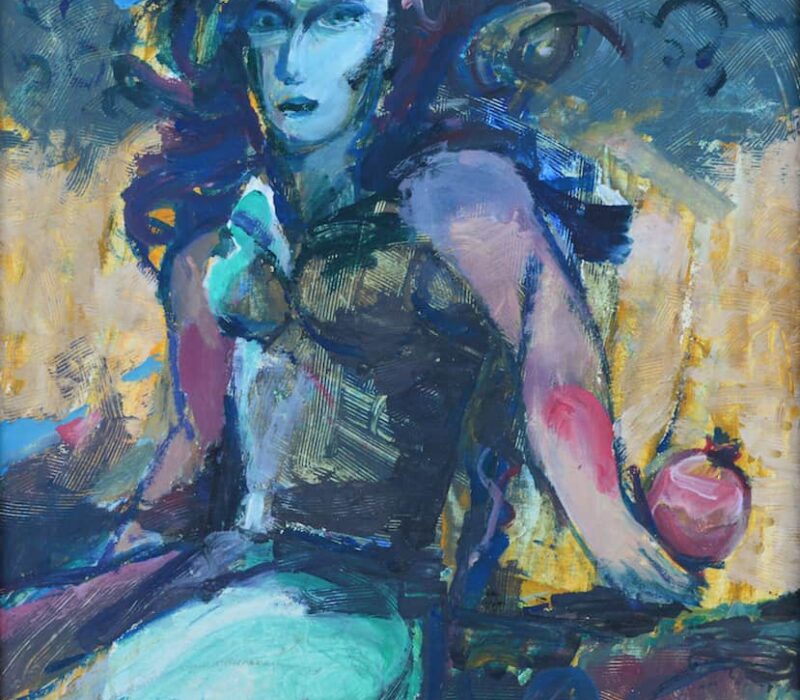
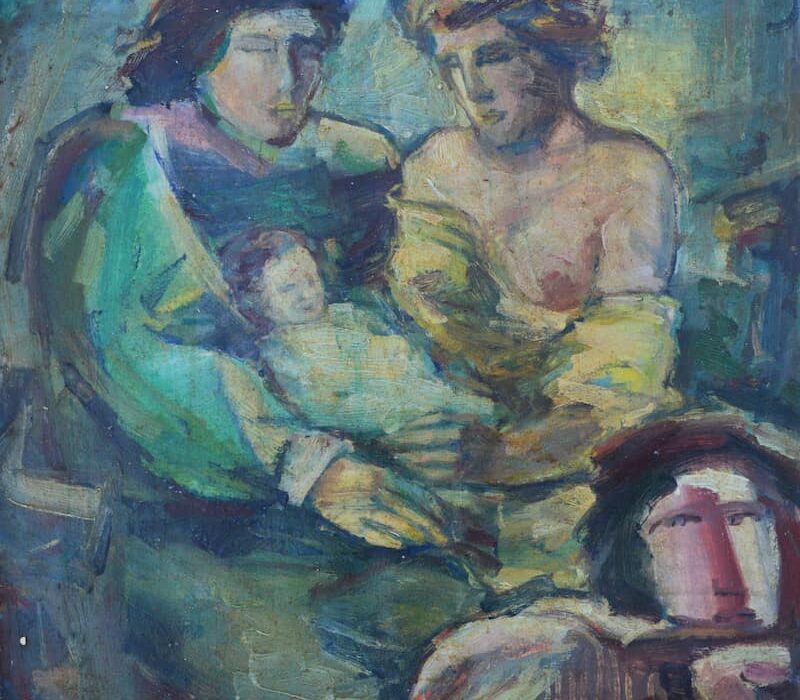
Your cart is currently empty!